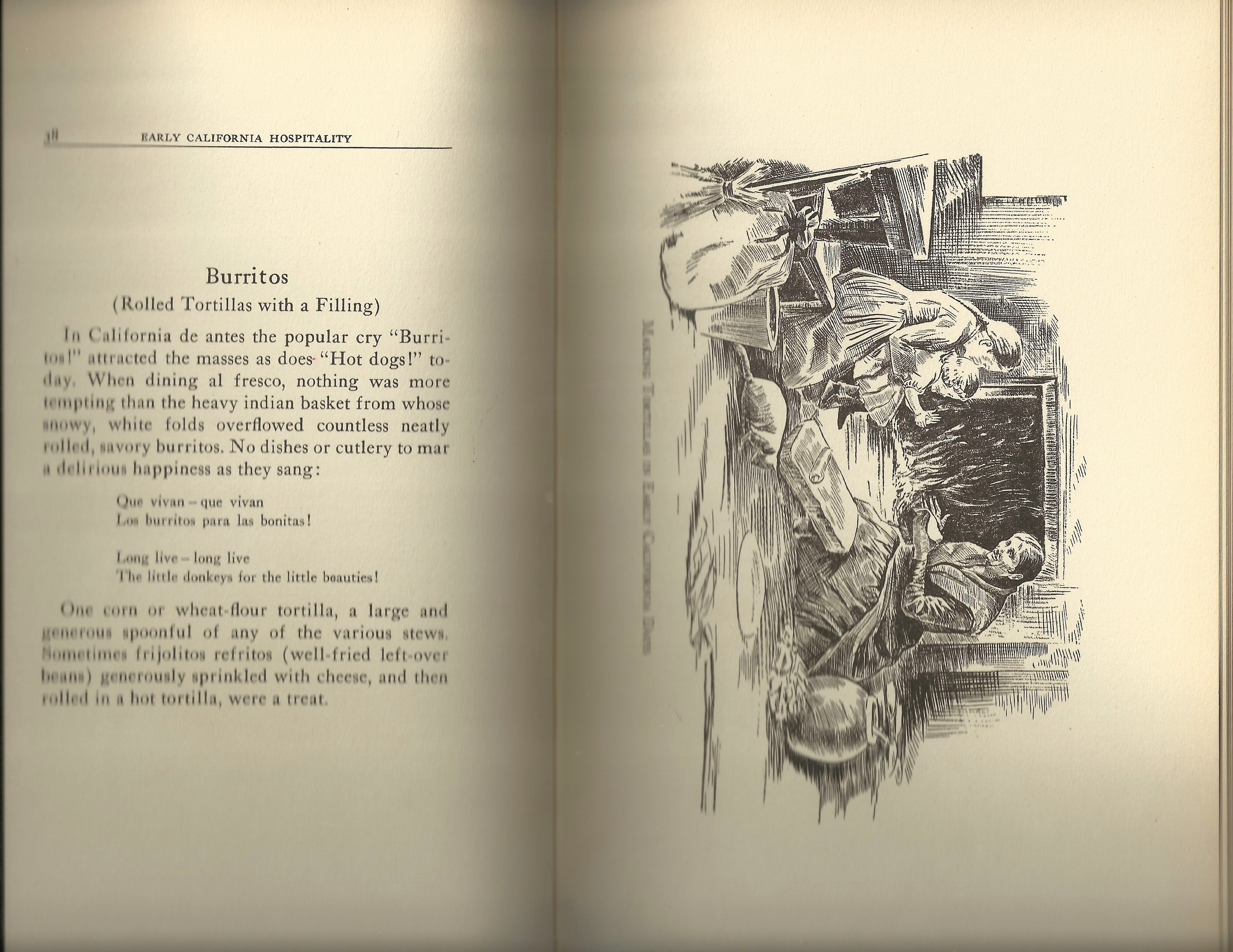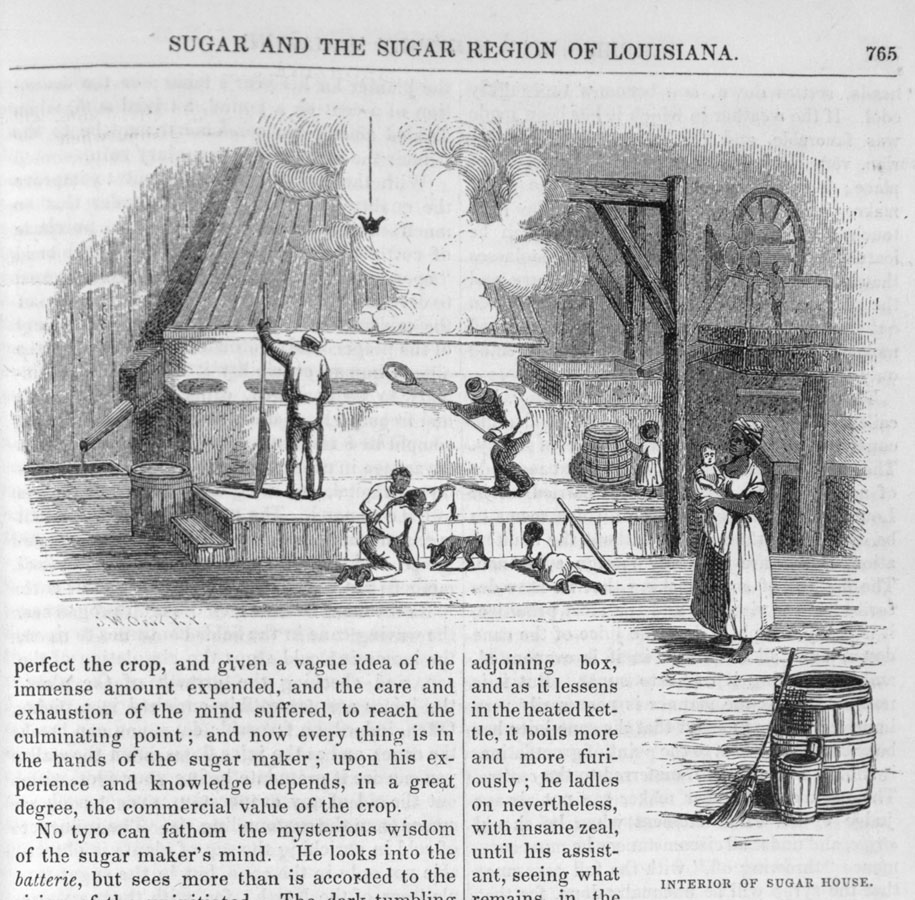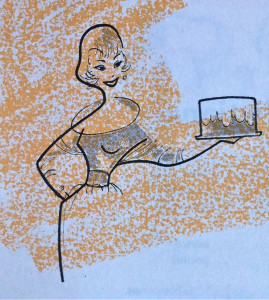The odds are that someone out there has an original Picasso and doesn’t know it. It’s a scribble or sketch in a notebook in a dusty attic, a momento from a grandfather who went to school in Northern Spain alongside the great master. The drawing in a student copybook is probably very good for the work of a teenager who is still learning control and perspective. If that drawing was found then scholars would analyze every line, seeking proof that even then Picasso’s genius was apparent. They’d find it too, even if no such evidence was there, because if they didn’t they’d have nothing to write about in their next paper for an academic journal.
If Picasso himself had found that drawing while in the prime of his career, odds are that he wouldn’t have cherished or analyzed it. He would probably have thrown it away, though he might have given in to one of the temptations of all creative people. One might imagine him looking at the drawing for a moment, and then taking an eraser to one line, the one that added detail where form was the thing that was important. Once he did that, it would become obvious that the shading in another area was off, and so on. Odds are that after putting in a great deal of effort, he would have produced a piece of work that was mediocre, something more technically accomplished but without the strength and vitality of the original.
Almost anyone who creates has an archive of juvenilia, the class projects and hobby pieces that were kept by doting parents, the first attempts at commercial quality work from someone who didn’t really have the skills yet. Some artists deliberately destroy their early and less competent work, others cherish it because it’s a reflection of the person they were and the skills they had. A few artists make a mistake that may be partly from vanity – perhaps to show the seeds of greatness was always within them, they try to finish that novel they started in high school, the sculpture that was a summer obsession. Matching your own early style is actually quite difficult. If it isn’t you probably have a problem, because you haven’t grown artistically in the intervening period.
I had to rummage through my early newspaper articles recently because a reader asked a question about a long-defunct restaurant, and once I started going through my archives I was distracted by the experience of reading through a few months of articles. My attention was diverted to reviews of long-vanished restaurants, coverage of forgotten concerts and plays that I experienced again when I read about them. I also found some thoughtful articles that examined still-relevant ideas, and considered posting some of them on this website. They were still pretty good, especially if I just improved this intro, switched the order of those paragraphs, and hey, I could add in this research that I did for another piece a few years later…
That would have been a good time to stop, but I didn’t. I tinkered with it for over an hour, and then reverted to the original because it was better. Collaborating with my younger self was hard – he had a different sense of order than I do now, and isn’t around to explain what was going through his head. It’s better to just post the things he wrote as they stand, so that’s what I’ll do. The first one is up now, and more will come.
I’m trying to post here more regularly, even though my writing schedule is overloaded – this page is called Random Musings and both the schedule and topics are likely to be all over the map. For instance, in my previous post I promised another historical correction, and I really do intend to provide that soon…





